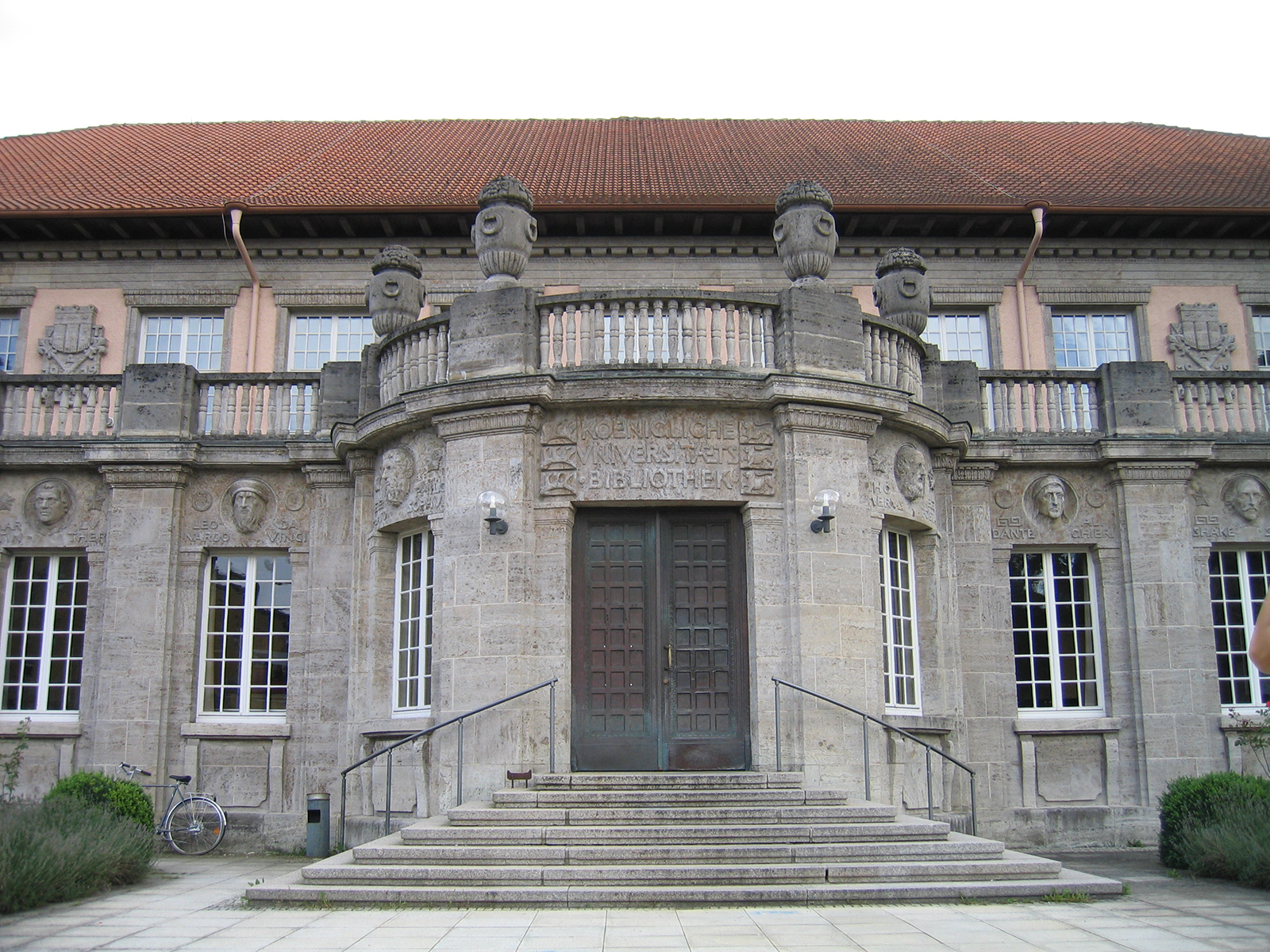University of Tübingen: Promotion of sports facilities has a positive effect on local salaries
A research team from the Universities of Tübingen and St. Gallen has uncovered the relationship that has not yet been studied
If a municipality supports its sports facilities with comparatively high amounts, the local population will have more money in the budget in the medium to long term. Households’ net income can be up to 5.8 percent higher than with less sports facility funding. However, this effect is almost exclusively due to salary increases for men. This was the result of a study by Professor Tim Pawlowski and Tim Wallrafen (Institute for Sports Science at the University of Tübingen) as well as Professor Michael Lechner and Dr. Carina Steckenleiter (Institute for Empirical Economic Research at the University of St. Gallen). The study was funded by the German Research Foundation (DFG) and the Swiss National Science Foundation (SNSF).
The results, published in the journal Labor Economics, suggest that men predominantly use the local public sports infrastructure. The resulting increase in their health and social well-being is reflected in greater success on the job market, according to the research team.
“The direct labor market effects of public spending on education or labor market programs have been examined more often, but not the indirect effects of public spending on sport,” reports Tim Pawlowski. And this despite the fact that politicians often justify such expenditure with positive effects on, for example, health or social capital, which in turn has been shown to have a positive effect on success in the labor market.
The data basis for the new study was formed by the Socio-Economic Panel (SOEP) of the German Institute for Economic Research, in which selected private households have been repeatedly surveyed annually since 1984 on sociological, health and economic topics, among other things. For the selected period from 2001 to 2012, these data were combined with the annual per capita expenditure for local sports facilities in the more than 12,000 municipalities in Germany.
Individual comparisons in a large database
“There can be many different reasons why households have more money at their disposal in municipalities with high spending on sports facilities. It was therefore very time-consuming to identify the causal relationship, ”explains Pawlowski. The procedure is simplified so that the research team compares people in the large database whose characteristics as well as their personal and local framework conditions are as similar as possible at the beginning of the observation period. But they lived in communities that put different amounts of funds into their local sports facilities. “With this method we try to control how salaries develop over time without the influence of sports facility subsidies. For example, we can also ensure
The team was initially surprised by the clear effect on labor market success with high sports funding. “We therefore tested numerous other model specifications and compared the results with one another,” says Pawlowski. The main result, however, remained the same. People in municipalities with higher spending on sports facilities achieved a salary more than five percent higher than in municipalities with less spending on sports facilities. “The gender difference also remained,” he says. “We assume that the men benefit more from the local sports facilities because women of this age group generally do less sport and accordingly use public sports facilities less.”
While a connection between sporting activity and success in the labor market was already known, for the first time the research team looked at the entire causal chain from financing the sports infrastructure to success in the labor market. “Our study shows that it makes sense from an economic point of view to invest enough money in a good sports facility infrastructure”, summarizes Pawlowski the findings.

